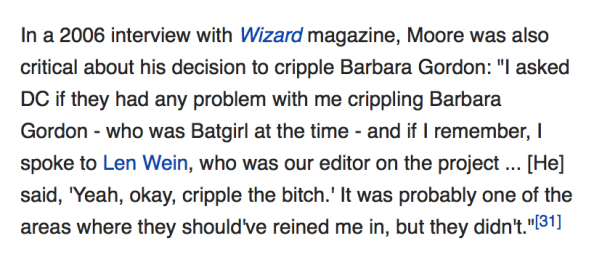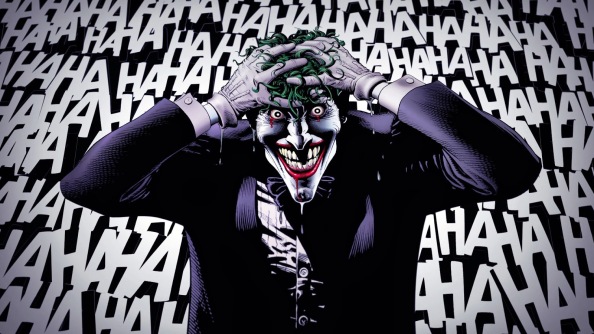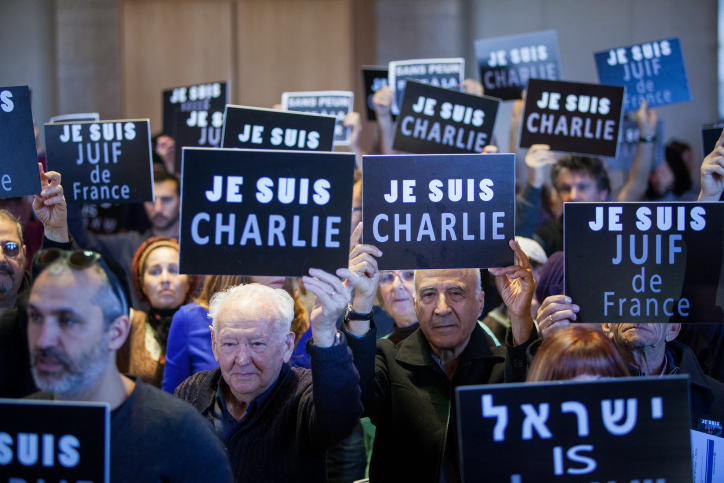
7AM. I hate getting up at 7AM. Especially when I’ve been up all night writing. What’s more, I hate getting up at 7AM on a weekend. But lo, on Saturday January 21st, my alarm went off at 7AM and I peeled my eyes open. I’d been asleep for an hour and fifteen minutes, having stayed up all night to finish writing deadlines. But it was all worth it. It would be worth it.
I stared around my largely unimpressive motel room and listened to my roommate Nico snore in the other bed. He’d be up in a minute and we’d be out the door in less than fifteen. We’d pack up our meager gear, make sure we weren’t carrying anything we weren’t supposed to. See, we had instructions. Carry everything in a clear plastic backpack or bag. No other bags allowed. Bring lots of water and snacks. Wear warm and comfortable clothes.
Oh, and bring milk or liquid antacid t0 help counteract the effects of tear gas or pepper spray. And write the number for the National Lawyer’s Guild on your arm in sharpie. You know, just in case you get arrested.
The things one has to think about on the way to a protest. But this wasn’t just any protest. This was the Women’s March on Washington. And we were ready.
When I heard about the Women’s March on Washington, it was early in its inception. There were posts all over my Facebook wall, calling it a Million Woman March. In the face of the madness of the recent election and what can only be called the slow, horrifying slide of America into a conservative, regressive spiral, activists and organizers were planning to take to the streets and bring women from all over the country to protest in Washington DC. I’d seen protest planning before and thought perhaps calling it a Million Women March was presumptive, if a little coopting (there had already been a Million Women March in October 1997 in Philadelphia focusing on bringing attention to the plight of African American women).
Still, there was almost immediately a sense that this march was going to be historic. The day after Donald Trump was inaugurated as our next president, women would take to the streets to protest the state of our nation and women’s rights. Of course, I had to be there.
It took me until the week before the protest to figure out an attendance plan. Being a woman in a wheelchair with serious chronic health issues, one always has to attend these things with planning and consideration. I enlisted the help of my friend and fellow game designer, Nicolas Hornyak, to get to the protest. Nico has acted as my wingman before and we’d been on a few protest excursions, including two protests during the Eric Garner case in New York. Those protests had been hectic affairs, full of some close calls with cops. We were once nearly run down by a police motorcycle while marching onto the FDR Drive. The cops charged the protest line in Time Square and we nearly got trampled. We sat in to block the Lincoln Tunnel when the cops wouldn’t let us get to Time Square in the first place. That time, sitting in my wheelchair in front of a giant Greyhound bus with the cops nearby pulling out zip tie handcuffs, I was sure we were going to be arrested. Still, each time, we’d been fine. But of course, people I knew had concerns.
“This is Trump’s America,” a friend of mine said, “I don’t trust how cops are going to handle this. You should be careful.” My mom was worried. Friends offered bail money.
We were careful. We made plans. We packed everything we thought we might need: first aid kit, spare food, extra water, spare doses of my medication in case of arrest or getting stuck somewhere, camera for recording any incidents, liquid antacid for dealing with tear gas or pepper spray. We downloaded the March guide and printed it in case our phones lost power. We set up friends with contact information and the numbers for legal aid in case we were arrested. I brought extra socks (“my feet get cold”) and told my mom the signal to pick up the phone on the Sabbath in case I was arrested (“three rings means you pick up the phone”).
We drove down the night before to a motel outside the Baltimore airport. We’d be parking at a friend of mine’s place on the outskirts of DC, then heading into the protest by Metro.

When we left the motel, I stuffed extra muffins in my pocket along with beef jerky and power bars. I had with me two signs I printed from Staples. I got them laminated in case of rain. One was a poster provided by artist Jennifer Maravillas for this march saying “Our Bodies. Our Minds. Our Power.” Another I had made myself. It proclaimed: “I am alive today because of Obamacare. Save women’s lives. Protect the ACA.”
Of all the issues I wanted to put across, protection of the ACA and the 30 million Americans who would lose healthcare immediately if Obamacare was repealed was paramount to me. Obamacare saved my life when I was first diagnosed with Cushing’s Disease and had to remove a pituitary tumor we nicknamed Larry, and it’s kept me alive ever since. So obviously, it was an issue near and dear to my heart.
Signs in hand, I was ready for the protest. We drove through a hazy, grey morning, chugging along through thick traffic outside of DC, surrounded by other cars full of women heading to the march. Stuck between charter buses, we blasted Fall Out Boy (one of my defiantly guilty pleasures) and chanted along to the catchy, if slightly teen-angsty lyrics.
“You are a brick tied to me that’s dragging me down
Strike a match and I’ll burn you to the ground
We are the jack-o-lanterns in July setting fire to the sky
Here, here comes this rising tide, so come on.”
A car passed us on the right with an older woman driving, a young woman by her side, three teen girls in the back. All were wearing Pussy hats.
We were heading in the right direction.
After parking the car at a friend’s house (thank you, Shalom!), we headed for the Metro. I’d never taken the Metro, but being from New York I figured I knew how subways worked. Yeah, okay. It took ten minutes to figure out which Metro station subway card to get, then we headed down into the station. And faced the harrowing issue of getting a wheelchair onto a train so packed you could barely see individual bodies anymore. Ever see videos of station officials stuffing people onto trains in Japan? Yeah, this was just like that. Only maybe worse, since we had a damn wheelchair.
It took eight trains going by and some serious stress, but we got on. I stood for two stops before my leg went out from under me, then I was back in the chair, squished between a cranky family with kids and a helpful pair of protestors from (of all places) Brooklyn. We transferred at Metro Central and it took a National Guardsman helping to get us on the next train, it was so full. He stood in the way, cleared folks out, and got us some space. Only then we hear our stop is being bypassed. “Too full at L’Enfant,” someone said, “and Federal SW is closed too. Smithsonian is your stop.”
At Smithsonian, a helpful station manager got us into the accessibility elevator and we got above ground. And that’s when we first saw the protest and realized the enormity of what we were in for.

Independence Avenue was packed for something like fifteen blocks. We had come up at the very back of the marchers, packing in to hear the speeches at the main stage all the way down. We could hear cheering echoing along the canyon of DC buildings, all the greyer in the drizzle. Still, the crowd was lively, chanting, marching, buying T-shirts. A woman with a shopping cart sold giant pretzels and water. There were families, huge groups with banners from colleges, people of all ages. And they were everywhere. Up on stairs, railings, high walls, trees. There were guys selling t-shirts and I grabbed one with the Million Woman March logo on it. I wanted to commemorate the day.
We passed a giant screen broadcasting the speeches. Gloria Steinem was there, in all her glory, rallying the troops. I was a little awed. I man, Gloria Steinam. She was only, you know, a dozen blocks and a hundred thousand people away. And she was talking to all of us about women’s rights. I was jazzed, inspired, and a little overwhelmed.
That feeling of overwhelmed continued to grow as I realized we had about eight blocks to go if we wanted to get to the Disability Caucus tent. They had a safe area for wheelchairs to congregate near the medical tent, and I knew with my health concerns it was the best place to be. The trouble was, they were eight blocks away. And there was a sea of humanity in the way. So I did what any good girl brought up in Brooklyn would do: I got a little loud. Polite of course, but loud. There was a lot of “excuse me, pardon me, sorry, watch your toes, sorry, gotta get through” but we started the process forward. Within half a block, I was already exhausted and frustrated, and the crowd only got thicker. Then, out of nowhere, two women came to help: Hana, an ADA compliance consultant for the Seattle Metro, and Katie. The two offered to act as blockers in front of me so we could get the wheelchair through. Together, our little squad swam upstream from 14th Street to 6th and Independence where the Disability tent stood.
I can’t describe the feeling of working our way through that crowd. We passed down canyons of people squished together so tight you couldn’t see light between them. From down in my wheelchair, I felt like an X-Wing making the canyon run to destroy the Death Star. I apologized a million times, clutching my laminated sign about Obamacare to my chest, hoping to the gods we didn’t run over a million toes on the way.
We passed literally thousands of people who backed up, squished in, and shuffled over to make way for a wheelchair. Not a single person complained, or said a harsh word. In fact, most of the time people stopped and smiled. They thanked me for coming. And while sometimes it seemed a little patronizing (thanking the disabled person for just showing up? why was I any different than anyone else?), and some folks patted me on the shoulder in that ‘go you!’ kind of way (rule of thumb: no touching unless someone gives you permission), the whole experience was a humbling, anxiety-inducing, but amazing one.
I joked more than once, “If we can do this, Trump can stop being a shmuck” to ringing laughter. Hundreds upon hundreds of people read my sign. And we made it to the Disability Caucus tent.
I was immediately greeted by volunteers who offered us water and snacks and a place to rest. I got out my CVS sandwich and tried very hard not to cry. Outside, Ashley Judd recited the poem “Nasty Woman” by 19-year-old poet Nina Donovan on the jumbo screen outside. A group of deaf marchers signed rapidly to one another with the help of an interpreter. Outside, the crowd stood shoulder to shoulder, elbow to elbow, and listened, cheered, shared in the joy. No cops in sight, no tension, just celebrating the cause.
I’d like to say the march went off for me without a hitch. Sadly, that wasn’t the case.
It began with a simple question. “Where’s the bathroom?” Yes, some things are more important than immediate activism.
Now, you’d think someone would have put some bathrooms behind the Disability Caucus tent for, y’know, the folks with disabilities who’d have a hard time getting around in the crush of humanity. But the porta-johns were a block away and about seven or eight thousand bodies packed in like sardines were between us and the gross little boxes. The National Air and Space museum however was right across the street, and they had bathrooms. Except between us was, again, about a metric ton of bodies. I decided to lead the charge for myself and two other wheelchair-bound folk to the loo. I had confidence in my New York voice and people’s good graces. We were joined by a somewhat befuddled march volunteer and there we went, attempting to cross the River Jordan – I mean, Independence Avenue.
Well, there was no ramp for the wheelchairs on our side of Independence Avenue, turns out, so we had to go all the way around the building. Half an hour later, we were swimming upstream against the crowd while the volunteer helpfully announced to anyone who could hear, “Step aside, three wheelchairs, trying to go to the bathroom!” I would have been mortified had I not spent the entire time calling after the gentleman. “Sir? Sir. We don’t need to announce that we need to go to the bathroom. Sir?” People laughed with me. I had to laugh. It was all so absurd. But everyone helped us along. It was pure kindness and magic.

It took forty five minutes to reach the porta-johns on the Mall between the Capitol building and the Washington Monument, where only one day before Trump supporters had lined up to watch the inauguration. I wouldn’t know it until later but the Women’s March had already blown the doors off the inauguration attendance numbers. Nico and I took refuge up on the steps of the National Air and Space Museum and looked out from our vantage point on a sea of pink hats and all kinds of signs. The marchers weren’t just on Independence, but every street we could see. Across the way, cheering people sat on the steps of the National Gallery. The whole area was shut down, no cars in sight.
“They’re saying there’s 700,000+ people here,” a helpful woman told me. She’d flown in from Seattle with her friends the day before and like us had stayed outside of town. Around us flowed a sea of pink Pussy Hats. Both Nico and I promised we’d buy a couple if we could find anyone selling them.
Amid the ocean of pink, we spotted a few red caps emblazoned with the preposterous “Make America Great Again.” I thought it took particular chutzpa to walk around wearing those hats, the mark of Trump supporters everywhere, during the protest. But there was no heckling. Maybe some snark, but nothing mean said that I could see. As we figured out how to get down into the march, I saw a bunch of Trump supporters readying to go into the museum. To them, it was a sightseeing day, and the march was giving them plenty to see.
The trouble started when we tried to go back down into the crowd. I stopped when I started getting massive pain in my leg. Nico pulled aside while the pain shot up my leg, into my hip, went up into my chest, and arm. Sounds bad? It was. I couldn’t take a deep breath. We were petting someone’s gigantic golden lab (the thing could have been ridden into battle) when I started to get woozy. I don’t remember all of what happened next, but it was clear I was in need of medical help. It wasn’t the first time I’d had episodes like this. Cushing’s Disease means I’m supposed to be careful about my stress levels and, well, a protest on so little sleep, in the cold, when I’m anxious in crowds? It was a recipe for problems.
The march was about to start in earnest, heading towards the White House. I had the map in my pocket but when I tried to pull it out, my hands shook. We got out into the flow of traffic heading back towards Independence, but there was no movement. With people pushing in on all sides, I suddenly couldn’t breath. Have I mentioned I’m claustrophobic? Hyperventilating, I told Nico we had to get back up to the stairs. He did one better and got me to the security guards inside the Air and Space Museum.
The next thing I know, I’m being whisked downstairs into the bowels of the museum to their nurse’s office. Yes, the museum has a nurse’s office. And it is better stocked than some doctor’s offices I’ve been to. There, a rather harried man whose name I cannot remember took one look at me and said he wanted to call EMTs. Oh goodie, I thought, what a way to spend a march.
Well, they called EMTs all right. But you know what happens when every block in every direction is shut down? No ambulances can get through. Twenty minutes passed. A half an hour. Dizzy, nauseous, a little incoherent, I sat in the office with a woman who had fallen and dislocated her shoulder and a woman with rheumatoid arthritis who had been overcome from standing too long. We waited. No EMTs came. Security got on the overhead PA and asked for any doctors to please come to the security desk.
Ten minutes later, a skinny middle-aged guy with a blue biker’s shirt and a tan showed up. He had a southern drawl and a good ol’ boy kind of attitude. He was an ER doctor up from Daytona, and he had volunteered to help after the PA announcement. He got me on oxygen and asked me about my medical history. He was kind. He was attentive. And more than that, he took me seriously. He was concerned about the EMTs being unable to get to us. He stayed with me while we talked out what to do. Gradually, the oxygen helped. We figured it was just a bad anxiety attack coupled with some trouble from my wacky endocrine system.
I thanked the man profusely for his help through the oxygen mask. He reached out, patted my arm, and said seriously, “Of course, it’s no problem. After all, I’m a Trump supporter.”
And folks, I nearly swallowed my own tongue. While we chatted some more, I couldn’t get his response out of my head. After all, I’m a Trump supporter. Here was a guy who’d come up for the Inauguration to support the man I seriously believe will screw our country into the floor. And he had been maybe one of the kindest, most attentive doctors I’ve ever seen in my life. He never once dismissed me, or gaslit me. He had taken time out of his day just being a tourist to come down and help me out. I almost cried.
Well, the EMTs never came. After an hour, the nurse came in and asked how I was feeling. We figured I was safe to move, symptoms having subsided. I took my regular medication, started to feel better, and me and Nico moved on. Crisis averted. As we left, I saw another group going by in their red “Make America Great” hats and I thought, you don’t have to wear those, some of you Trump supporters are already doing it, one act of kindness at a time.
Outside, the march had already moved on without us. I told Nico I wanted to catch up. We still had our signs, though so many folks had apparently abandoned theirs. They were lying all over the place, up against the building, against trees. We saw this one as we turned to head towards Constitution and the march route.

Just as we were taking this picture, I heard it: the first harsh voice I’d heard all day, raised over a bullhorn. Uh oh, I thought. We headed for the voice around where we’d left the man with his giant dog. The guy and dog were long gone. In his place was a bearded man standing on top of the refrigerators next to a closed McDonald’s kiosk. He held a giant sign and was yelling into a bullhorn. On his sign were giant block letters screaming, REPENT, and quoting scriptures. The man kept yelling about turning away from sin to accept Jesus as your savior. He called folks sinners, sodomites, told them they’d burn in hell. REPENT was the message, REPENT NOW.
I was furious. I was going to roll over there and give the guy a piece of my mind. But as we approached, I saw a group of young men and women around the man. They were holding up protest signs. They chanted over the man, raising their voices when he did. They shouted, “LOVE IS LOVE” over and over. One young woman stood right in front of the man and held up a sign supporting Planned Parenthood in one hand and a hand written sign saying “CHOOSE LOVE NOT HATE” in the other.

They turned their back on the hateful preacher and chanted louder, and louder, until he finally gave up. I started to cheer, and so did the dozen or so other people who had stopped to support the anti-hate chanters.
Then, a strange thing happened. The preacher started to get down off the refrigerator. He stopped, then reached down and asked the chanters if anyone had lost a water bottle. He held up a blue bottle, and they each said they hadn’t. One of the girls politely asked him if they’d left a sign up there (they hadn’t). Then, one of the guys politely asked the preacher if he needed a hand down so he wouldn’t fall with his sign and megaphone to juggle. The preacher, who had a moment before been preaching for them all to REPENT, took the offered hand and jumped down. Then, they all went their separate ways.
As they went by, I thanked the chanters. Two of the girls went by with tears in their eyes, but the rest were smiling. And by the end of it, so was I.
Nico and I went onto the mall and talked to some folks. A few people stopped me to ask about my sign, ask me about my story. In fact tons of people did over the course of the day. A lot of people snapped my picture. I wasn’t entirely comfortable with that, not sure where it would be used. A couple of them kind of gave me the creeps, to be honest. But most were there to document the amazing signs and the people of the day.

Nico took this one of me in front of the Capitol. I was there to spread my message, a message of one woman who lived because the Affordable Care Act existed. I thought back to recently, when I’d received a letter from the White House. I’d gone on the White House website and sent a thank you letter to President Obama for his tireless work defending healthcare. I said in my letter that I figured he didn’t hear enough thank yous in his job, so I wanted to simply say mine.
A month later, I received a letter back with a message from the White House, thanking me for my note. It was certainly a form letter and signed by the presidential auto-pen, but it had still made me tear up. Someone in the White House had read my letter and had the thought to respond. I framed the dang thing to hang on my wall.
Only days after getting that note, auto-signed with President Barack Obama’s name only a few weeks before he’d leave office for good, I sat on the Mall with the Capitol building in the distance and held up my sign, thanking the now former President once more in the only way I could.
As we walked down Constitution to rejoin the protest, a woman stopped me. “I’m so glad Obamacare could help you,” she said, tears in her eyes. “It was one year too late to save my sister.”
Across the way, a group of protestors called the Daughters of Liberty blasted Beyonce’s “Formation” and danced under protest signs with a cop car flashing its lights only a few feet away. I saw protestors taking selfies with the cops. One cop had on a pink Pussy Hat. It was all too fucking surreal.

Somewhere along the way, we lost the main body of the protest. The cops had cut off a single block because a bleachers had collapsed and ambulances were treating those hurt. It meant that the straggling marchers like us were funneled east instead of west. Some broke off and headed back to the Capitol, while Nico and I rolled on north, trying to find the rest of the march. The sun was going down, but people were still hype. We rolled through the unfamiliar city among thousands of people wandering, talking to one another, holding up their signs.
We ended up so far north we hit Chinatown. There, we bought a pair of newspapers commemorating the march. A photographer stopped us and asked to take our picture. I held up my sign and he snapped a bunch of shots. When he gave me my card, he told me I’d made his march. I shook my head, a little flustered, and we rolled on.
We spotted this sign, and I made Nico take a picture of it. It was the feeling I always had when issues of women’s rights came up, that nagging sigh of exhaustion in the back of my throat when I thought about how long this battle was going on and how much longer it would take to win. If it could ever be won.

Tired, hungry, in need of a break, we found shelter in a – no kidding – Hooters. There we gulped down wings and beer pretzels at the bar and drank some soda. I took medication, and we recovered a little. The sun went down. Outside, traffic had started back up again. On TV behind us, CNN was reporting on the marches worldwide. When Elizabeth Warren came on screen, the entire restaurant exploded in celebration. Video of giant crowds from dozens of cities flashed on screen, waves of pink Pussy Hats and signs from New York to Los Angeles and across the world. Three hundred marches across the US and the globe. And most of them looked a lot like this.

Bodily exhausted, mentally overwhelmed, I realized we had to call it a day. I could barely keep myself upright, forget keep my eyes open. The trouble with chronic illness is knowing when to throw in the towel. I wanted to go back out, to rejoin the protestors, to head to the Capitol building and hold my sign up high and remind anyone watching that this protestor, this disabled woman, was alive because of a bill Donald Trump and the Republicans wanted to destroy. But I also could barely sit up straight.
We had to Uber our way out of the area, the trains were too crowded. As the SUV pulled up and we piled in, people in pink hats with signs still streamed thru the area, looking for the protest, or a train station, or a place to catch a meal. People talked, chatted. I never once saw a cop being untoward. In fact, I barely ever saw cops at all. We rolled through the city, north, heading back towards our car and eventually, after a four hour drive, home.
In the car, before I fell asleep against the window, I opened the Etsy app and looked up pink Pussy Hats. I never wear pink, but for this, I’d make the exception.
Before the Women’s March on Washington, I’d sat down with some friends and had a serious talk about the future. What I believed Trump’s America might look like, what kind of damage the Republicans could do to our basic civil liberties, to the laws the previous administration had fought so hard to put in place. Queer rights, healthcare, protection for Muslim Americans, worker’s rights, protection for the poor, violence against people of color. Everything was up in the air, uncertain, dangerously out of control. I talked about what would happen to my healthcare if they repealed the ACA. I talked about the real option of going broke trying to afford my doctor’s bills and medicine, of leaving the US in search of somewhere I could afford medical coverage. And as I talked, I realized how little hope I had for our future.
After the March, when I got home, I sat in the same spot as I had when we talked about that dire America, a future full of rebranded neo-Nazis and their apologists, Republican millionaires destroying our country, and Donald Trump in his golden tower, overseeing it all with his ‘alternative facts.’
But after the March, I returned home feeling something I hadn’t in a while: hope. I found myself reciting Jyn Erso’s quickly becoming iconic line: “Rebellions are built on hope.” I thought of the signs boasting pictures of recently passed Carrie Fischer as Princess Leia telling women to rebel. I thought of the Hamilton quotes telling people to Rise Up. And I thought of those thousands of people in those silly pink hats, all moving out of the way to let a woman in a wheelchair go by, smiling and joking, helping one another out.
Rebellions are built on hope. And thanks to this march, I had found mine again.

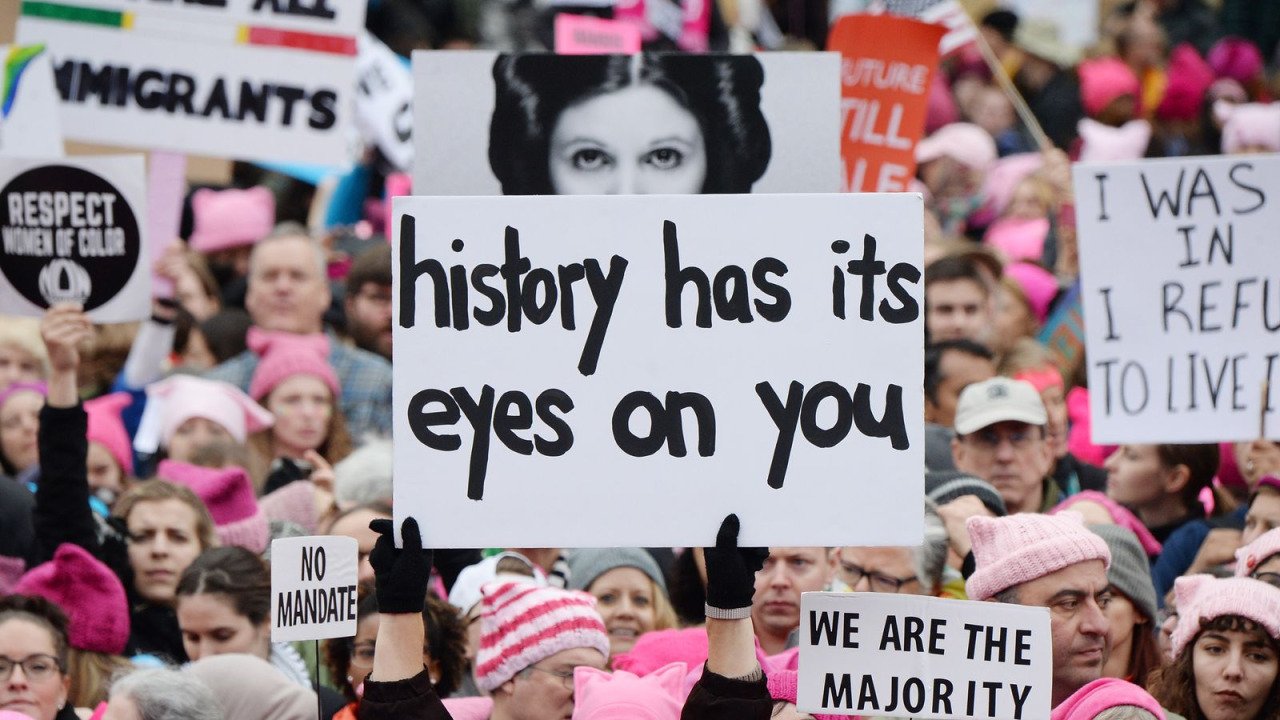
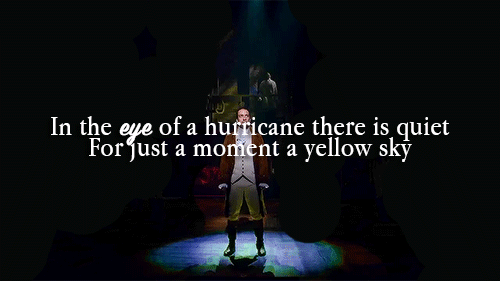



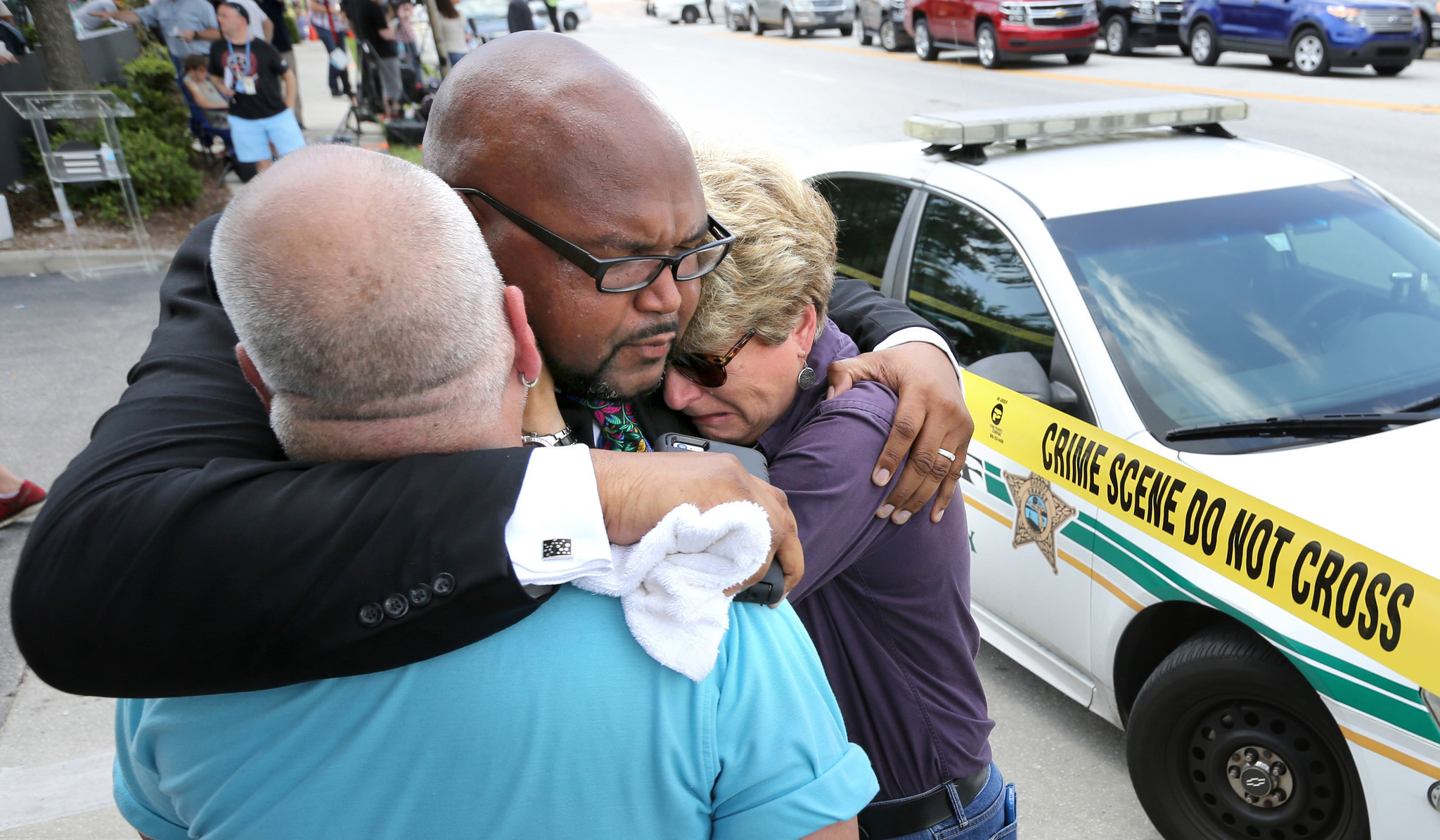



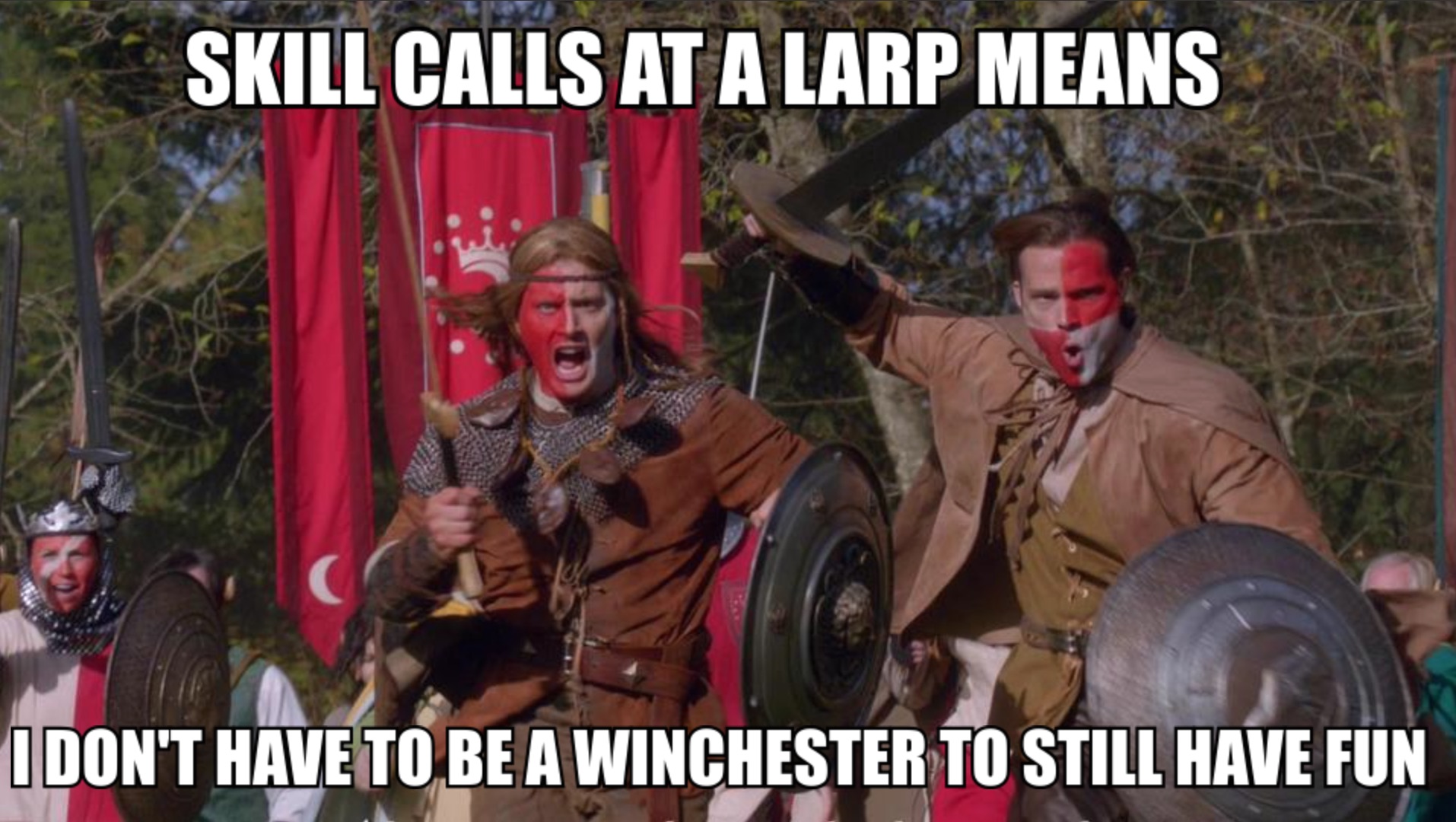


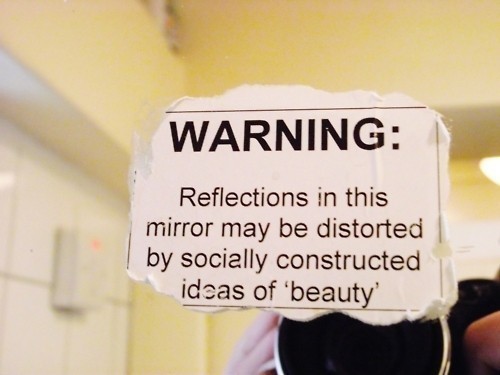



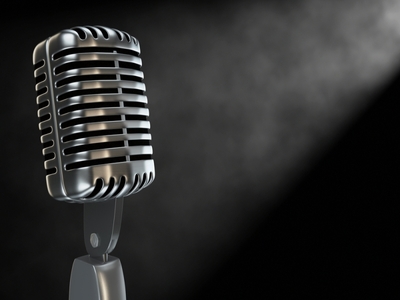

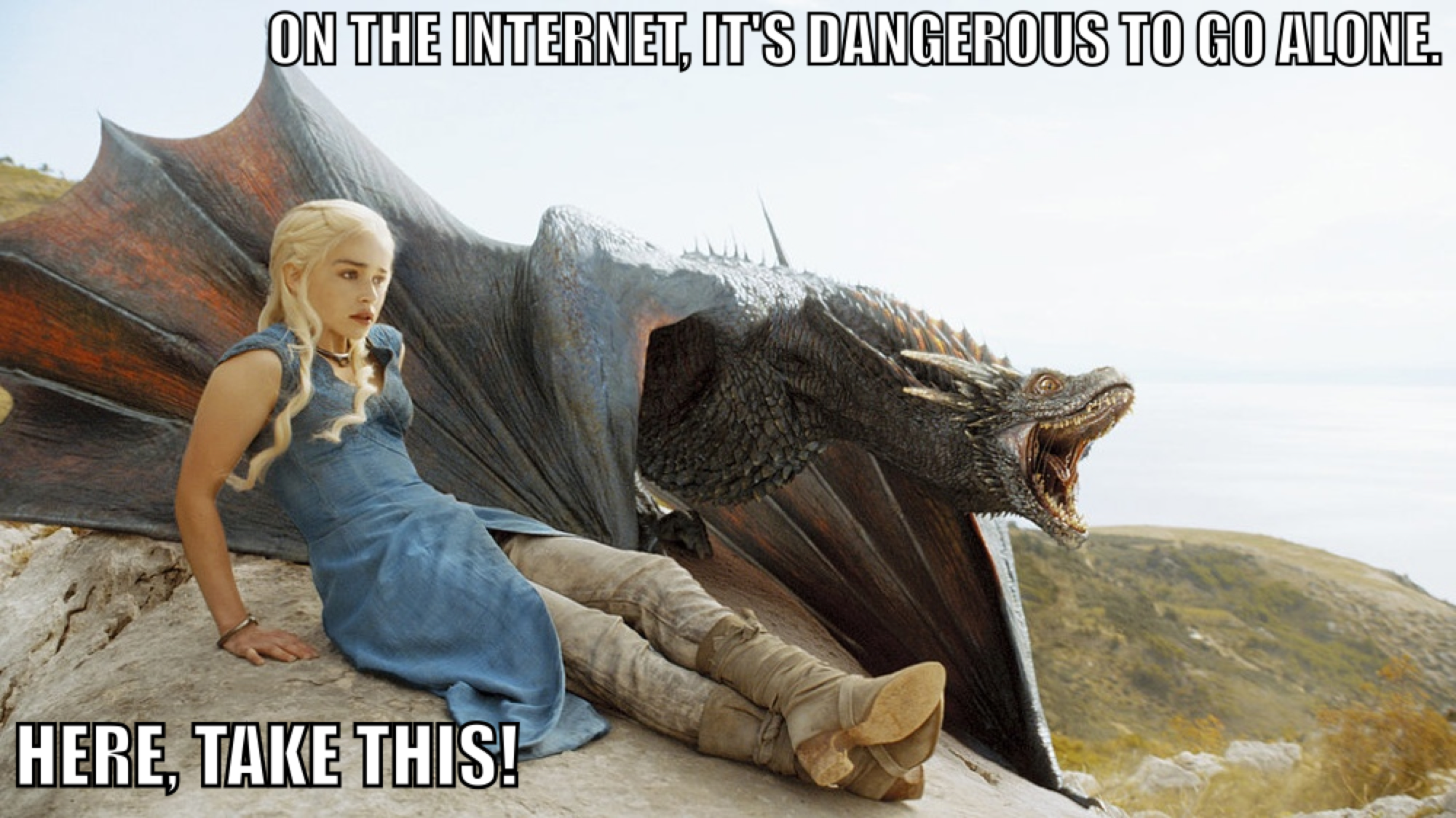







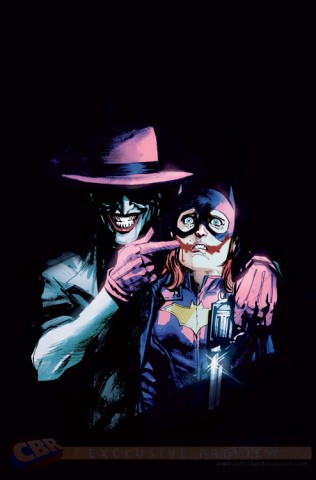
 (Warning: discussion of fictional sexual violence ahead.)
(Warning: discussion of fictional sexual violence ahead.)